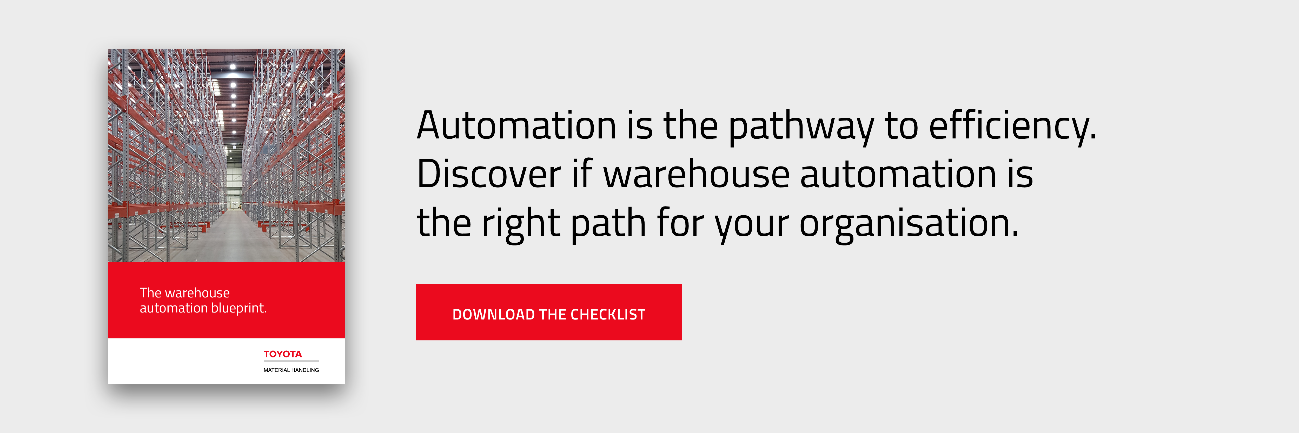Micro fulfillment is fast becoming the most popular strategy in the world of supply chain. The ability to ship products into consumers' hands quickly and efficiently is an indisputable advantage among retailers. However, micro fulfillment is not a passing fad, but opens the way to decentralised logistics. But what exactly is it?
What is Micro Fulfillment?
Micro fulfillment is a strategy used mainly in the e-commerce channel that seeks to bring products closer to the final consumer, speeding up the delivery of online orders.
Micro fulfillment centres (MFCs) are characterised by their flexibility, density, scalability, and proximity to urban centres. In essence, they're minihubs specialised in the preparation, classification and distribution of a high number of orders from few references, predominant in the e-commerce channel. This implementation results in the direct improvement of "last mile" or "capillary delivery" logistics, facilitating the delivery of "next day" and "same day" orders.
The micro fulfillment concept originated in the food sector, although it was quickly incorporated into new retail sectors. The boom in demand for the Click & Collect process (online shopping / in-store pickup) forced a first transformation in the traditional back room, going from storage centre to fulfillment centre and order preparation centre. The recent global pandemic has reinforced this trend, and today the demand for the Click & Collect service is growing rapidly.
This trend puts retailers in a survival situation: companies will have to incorporate efficiencies into their stores, or face conglomerations of employees performing storage and compliance functions. Understanding that this is not desirable (and less so in times of pandemic) many retailers have transformed their traditional backroom into a warehouse. The food sector, a leader in this change, generates up to £8 million in sales per centre on average, also increasing the speed of order preparation between 50 and 100 percent compared to the traditional process. The incorporation of automated solutions facilitates new efficiencies, generating additional performance improvements of up to 200 percent.
.jpg?width=600&name=automatizacion-integracion-almacen%20(1).jpg)
What is a dark store?
A variant of the concept of micro fulfillment is dark stores. Dark stores refer to digital companies that lack physical stores open to the public. These small logistics centres, located in commercial spaces, specialise in the fulfillment of fast delivery orders. The format of order delivery can vary, from direct delivery to customers to indirect delivery through local stores.
A dark store can generate considerable increases in annual sales, and improve the productivity of fulfillment and shipment of orders by 200% with a manual operation, or 300% with an automated operation.
The transformation from traditional store to dark store is not feasible, only with the improvement in delivery and collection services of orders. To benefit from the efficiencies of the dark store strategy, companies will need to invest in an automation layer, which will be able to alleviate efforts throughout the operation.
Advantages of micro fulfillment centres
Improvements in delivery times
Shipments from micro fulfillment centres tend to improve delivery times. These improvements are possible through a stable automatic system. Many retailers have managed to improve their delivery processes through micro fulfillment centres.
Improvements in customer satisfaction
The formula behind customer satisfaction is simple: get the right product shipped to the right customer the same day or the day after the order. The micro fulfillment strategy promises to meet this goal.
Sales improvements
Numerous studies confirm that when the price of an order is not the first factor of consideration, the consumer opts for the company with the fastest delivery times. Therefore, companies that invest in micro fulfillment report significant growth in their sales.
Improvements in the returns process
As many retailers will confess, returns are the achilles heel of the supply chain. Historically, 5-10% of traditional purchases are returned. This number rises to 15-20% in online purchases. A micro fulfillment centre can also serve as a returns management centre.
Robustness in the Supply Chain
The trend of designing a huge distribution centre is justifiable in the retail space. That said, the implementation of small logistics stores distributed in different regions reinforces the supply chain infrastructure of companies.
Disadvantages of micro fulfillment centres
Increased investment
To invest in a micro fulfillment centre it is necessary to invest money. In addition, the price of automation and software improvements should be added to the original investment.
Greater complexity in the supply chain
It's not easy to design a supply chain, and onboarding new regional nodes only makes the problem difficult. Fortunately, there are software and automation solutions that allow you to smooth out this added complexity.
Selecting the Right Location
The location of the new MF centre is key. If a location is selected that does not facilitate the improvement of delivery times, it will be a waste of time and money. Population movement should also be considered: a good location today may not be one 10 years from now. It is important to perform a detailed analysis to ensure that the location of the new centre is appropriate.
Is micro fulfillment the solution for my business?
The costs linked to the "last mile" will determine the return on investment of your micro fulfillment centre. Since this solution does not have a single "size", we recommend you contact our expert team in automated systems, who will evaluate your particular situation and determine if the micro fulfillment strategy is suitable for your operation and growth projection.
.jpg)
